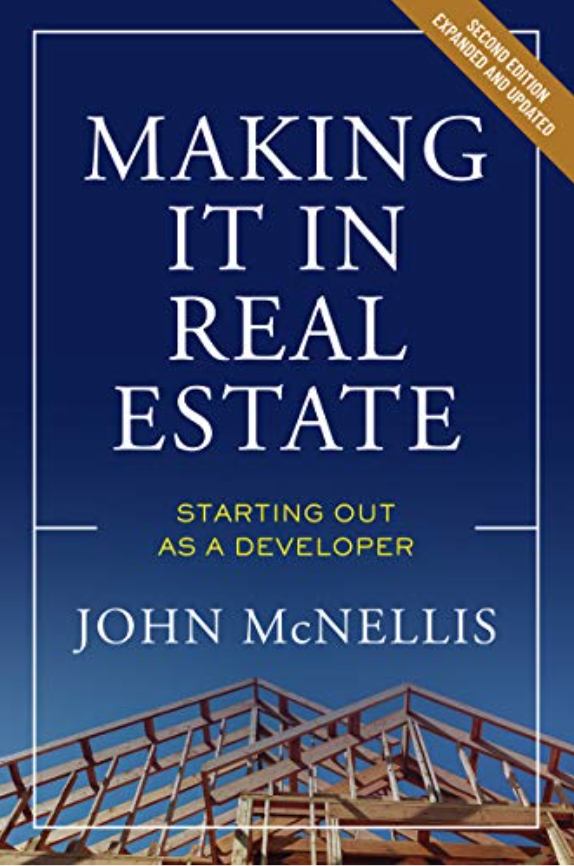Lawyers are losing ground, perhaps faster than many of us realize. According to CBRE Group Inc.’s most recent San Francisco office leasing survey, law firms gave up 50,000 square feet in the first half of 2013.
This is not the only canary in the legal coal mine.
Parts of the story are well known: Nationally, just over half of the law school graduating classes of 2011 and 2012 found real jobs as real lawyers. Instead of blowing a small fortune attending law school, the bottom half of the class should have volunteered for the Peace Corps.
The view from the penthouse—the one enjoyed by the 1 percent at the pinnacle of law—isn’t what it once was either. Whether associate or partner, lawyers at the country’s top law firms are working ever harder, chasing a mirage of yesteryear. The story is detailed in “The Last Days of Big Law” by Noam Scheiber in the New Republic.
Today’s legal malaise is real. What was once a collegial, almost professorial calling has devolved into a death march for billable hours. While Schieber’s contention that Big Law is on its last legs may be naïve, he nails its personal cost. A senior corporate counsel at one of San Francisco’s most prestigious lenders put it succinctly: “I don’t know a single partner at any firm in the city who is happy.”
If this melancholy is rooted in unease over the industry’s long-term prospects, and resentment over working harder for less money, then the profession is in for 40 miles of bad road. With the country stamping out lawyers like Model T’s for the last 20 years and the legal boomers only exiting the stage horizontally, supply will exceed demand for years.
Lawyers recognize that they are selling into a buyer’s market and freely admit that the cost of their firms’ services is now negotiable. A senior partner at a blue-chip firm told me they routinely discount hourly rates 10 percent to 15 percent for any client they want to keep. (Lawyers seldom encounter clients they don’t want to keep.) If pressed, the firm will throw in a volume discount of an additional 1 percent for each $100,000 of annual legal fees. What percentage of clients receives discounts? “Hard to say; in the range of 25 to 50 percent,” he said. What about those who pay full price? “They either didn’t ask, or we said no.” (Ask for the discount.)
Less known for their philanthropic instincts than their acuity, lawyers are not offering discounts from some hitherto untapped well of human kindness. These discounts arise from the fact that, as one attorney explains: “The clients are revolting. They’re demanding fixed fees on deals; they’re demanding that all of their work be done by named individuals only—we can’t do the team approach any more—and they’re flyspecking our bills.”
When I practiced law in the time before time, I too, thought the clients were revolting, but then they weren’t storming the Bastille. They are now, reducing their exposure to legal bills every way they can. Major corporations have noticed that top quality legal talent is no longer hell-bent to scale Mt. Doom and will happily trade off the remote prospects of partnership for a life that includes a few hours outside the law. These companies have vastly upgraded their in-house legal staff and instead of simply handing assignments to outside firms, the insiders are turning out quality work themselves, reducing Big Law’s hours, further dialing up its anxiety.
And clients large and small are obtaining fixed fees on everything from loans to leases. In our shop, we pay a fixed $4,200 for the preparation and negotiation of mom-and-pop retail leases and $4,800 for national tenants. Our attorney bases this arrangement on the expectation that she will average about $350 an hour over the course of a year. No one should pay more than $400 an hour for everyday real estate legal work; the smartest real estate lawyer I know—a bigger gun than you will ever need—charges $500 an hour, and even he is willing to negotiate.
Eric Von Berg, one of Newmark Realty Capital’s rainmakers, relates how a lender was competing for a $110 million loan, one to be secured by 39 separate properties in California and Hawaii. Rates offered by the contenders were basically identical, and the race came down to closing costs. His lender asked Big Law for a quote: It estimated $250,000. That would have cost the lender the business, so it put the legal work out to bid and accepted a fixed quote of $125,000—a surprisingly low fee that averaged just $3,200 a property.
Our industry has become increasingly sophisticated, and its assessment of legal services reflects that. One company after another is starting to view Big Law for what it really is: an extremely expensive insurance policy against theoretical risks with only a remote possibility of becoming real. Not only developers and entrepreneurs but also the biggest real estate companies in the country are turning to small firms in secondary cities and getting the same quality legal work they would have from Big Law—at a fraction of the price.
Big Law may never go away, but it will be selling into a buyer’s market for a generation to come, running as hard as it can, its glory days in the rear view mirror. Except for perhaps its own landlords, few will mourn its passing.


